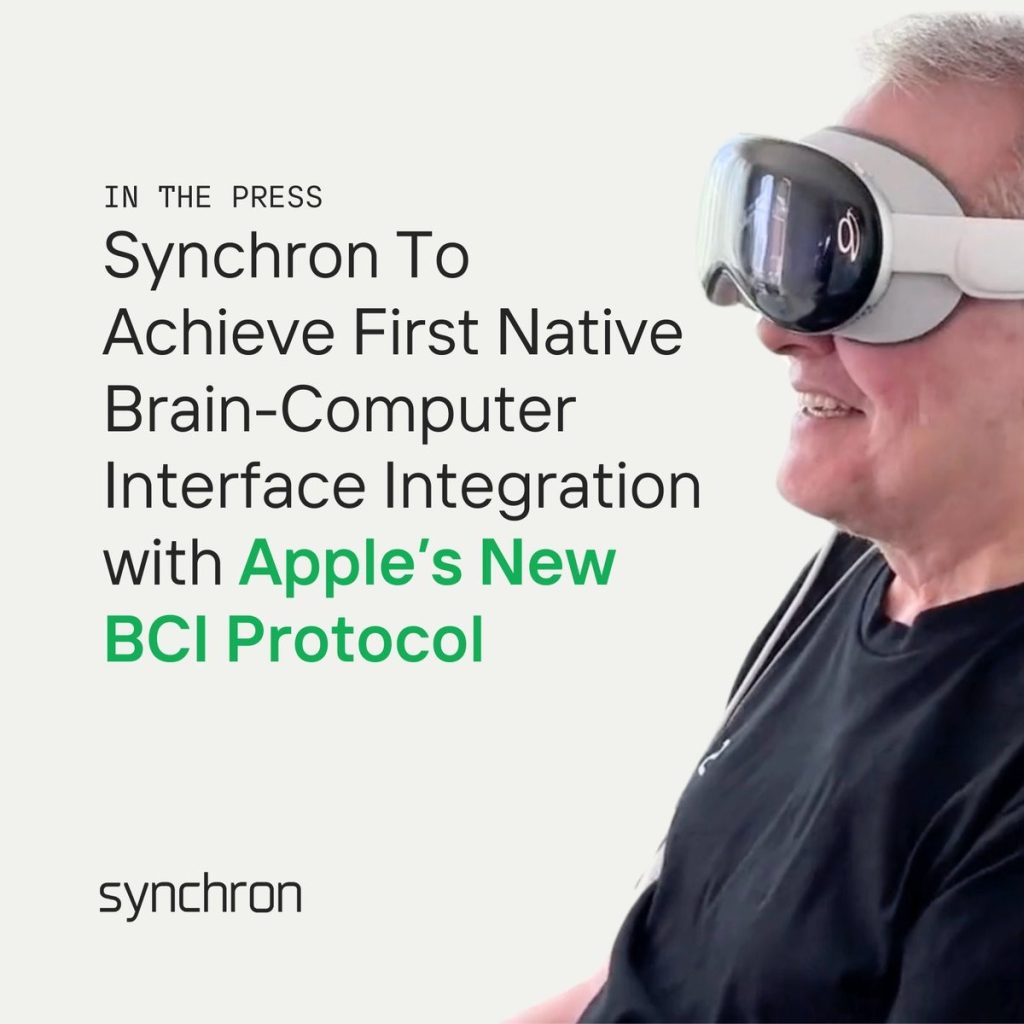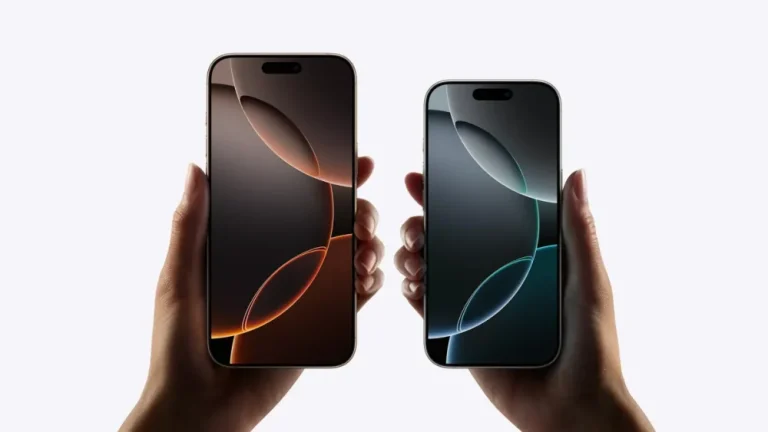
Among the newly announced accessibility features from Apple, one stands out for its groundbreaking potential: a newly introduced communication protocol that enables individuals with severe motor impairments to control Apple devices using brain-computer interfaces (BCIs). Developed in collaboration with BCI manufacturer Synchron, this innovation aims to empower individuals affected by spinal cord injuries or conditions such as amyotrophic lateral sclerosis (ALS) to operate an iPhone or Mac through thought alone.
Using a stent-like implant known as the Stentrode, developed by Synchron and positioned within the cerebral cortex, the system is capable of detecting brainwave signals. These signals are then translated into device-level commands via Apple’s Switch Control software. In addition to its partnership with Apple, Synchron’s solution is powered by NVIDIA’s Holoscan AI acceleration platform.
The Stentrode has already passed human clinical trials and is functional via the communication protocol co-developed with Apple. However, it has not yet received formal approval from the U.S. Food and Drug Administration (FDA). Nonetheless, Apple and Synchron anticipate that the technology could become available as early as later this year.
Previously, Apple introduced software that enabled headphones to function as hearing aids—a feature that eventually became an industry standard. With this latest advancement, the Apple-Synchron brain-computer interface protocol may likewise evolve into a new benchmark for accessibility innovation, paving the way for broader adoption of thought-driven device interaction.


